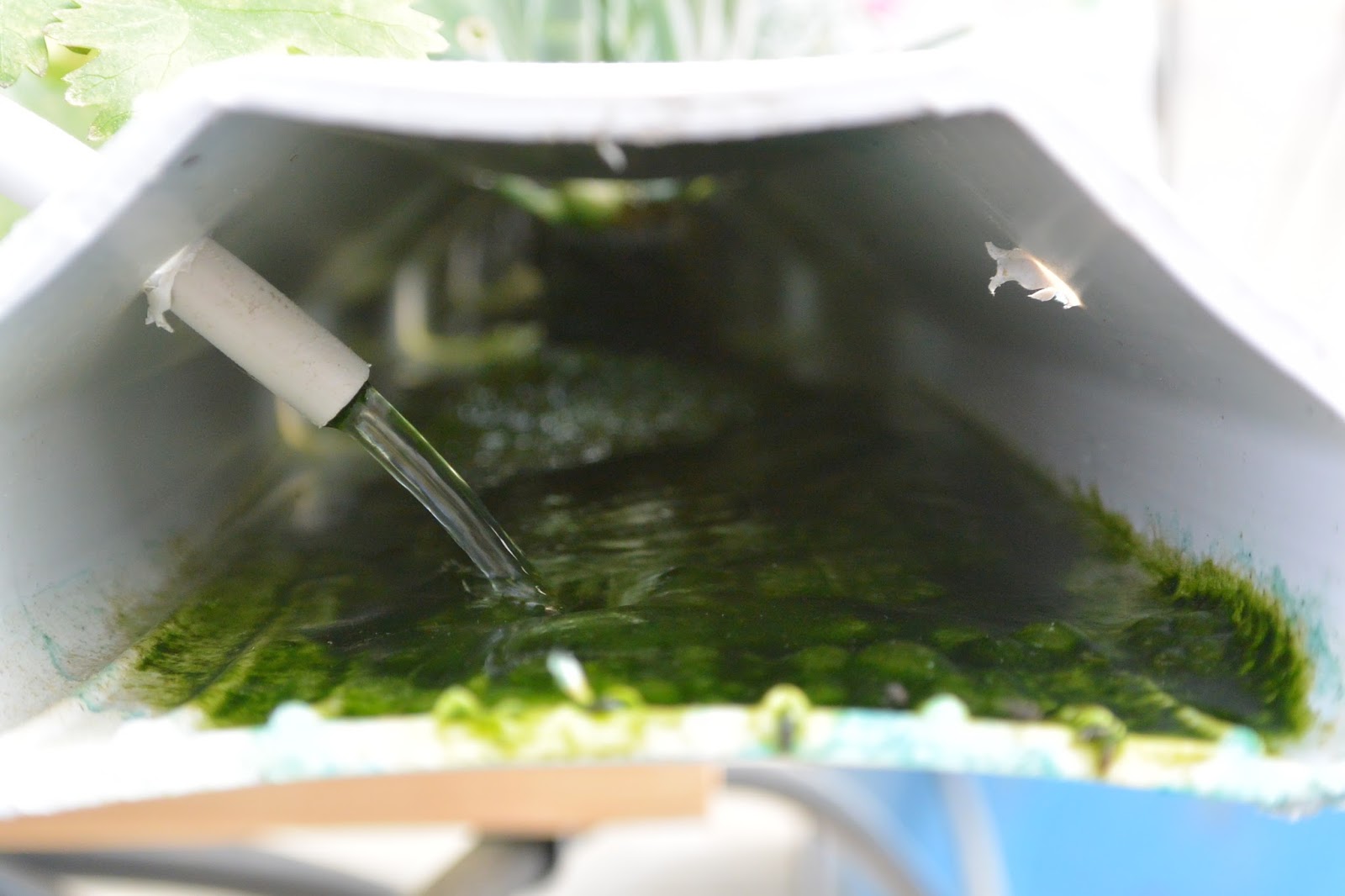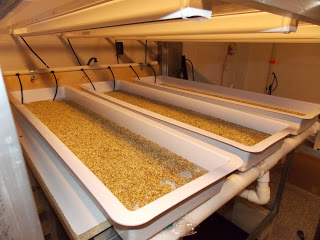
Bill Phillimore, executive vice president at Paramount
Farming Co. in Shafter, Calif., spoke at this year’s Seeley Summit which
focused on water. Phillimore, whose company is a producer of a variety of tree
crops, discussed the impact the drought has had on water availability and
trying to operate under severe water restrictions.
By David Kuack
This year’s Seeley Summit focused on “
Water: Horticulture’s Next Game Changer?”
Nowhere is the effect of water or lack of it more pronounced than in
California. Bill Phillimore, executive vice president at Paramount Farming Co.
in Shafter, Calif., knows firsthand the effects drought can have on an
agricultural producer. Phillimore’s administration responsibilities include the
handling of water and power issues.
 |
|
Bill Phillimore, executive vice president at
Paramount Farming Co., whose responsibilities
include water and power issues, knows firsthand the
effects drought can have on an agricultural producer.
|
During this year’s Seeley Summit, Phillimore shared his
company’s experience dealing with severe drought conditions. He sat down with
Hort Americas to discuss what his company has experienced and what it is doing
to continue producing its crops during the drought.
1. How many acres
of production does your company have in California this year?
Paramount is farming more than 100,000 acres in 2014 with
a combination of citrus, almonds, pistachios and pomegranates.
2. How many acres
has your company taken out of production because of the drought?
We have managed to secure sufficient water for these
crops in 2014, but at very considerable expense. In some instances we are
applying less irrigation water than we would optimally prefer.
3. Has your
company ever faced the type of water restrictions it is facing in California
this year?
We have never faced water restrictions this severe in
California previously.
4. What is the
primary source of water for most of the crops your company is producing in
California?
Due to our size our water comes from a number of
different sources, including the State Water Project, exchange contractors and
the Kern River. In almost all instances, this water is supplemented by
groundwater which is being particularly heavily used in 2014.
5. What methods of
irrigation is your company using to water the crops? Were these the primary
irrigation methods prior to the occurrence of the severe drought conditions?
All our property is irrigated with drip or micro
sprinklers as it has been for more than the last 20 years. The drought has not
changed our methods of irrigation because we made the change to more efficient,
practical systems some years ago.
 |
|
Paramount Farming Co. is farming more than 100,000 acres
this year with a combination of citrus, almonds, pistachios
and pomegranates.
|
6. During your
presentation at this year’s Seeley Summit you discussed how your company used previous
research to determine when specific plants need to be watered. Based on the
company’s findings, have you been successful at manipulating the water delivery
without having a negative impact on the plants?
We hope that we have timed the application of water,
especially in those crops where there has been reduced amounts, so that there
has been no negative effect on plants or yields. Although in determining the
schedule we have relied heavily on previous experiments conducted on our
property, this is obviously being done on a far greater scale and thus it is
not currently easy to assess either the long or short term effects.
7. During the
Seeley Summit you mentioned that some of the crops currently being grown in
Kern County, Calif., are unique to this region? Can you give some examples of
these crops and what is unique about the conditions under which they are grown?
In Kern County, where we have the majority of our
acreage, we share climate with the rest of the Central Valley in California
with some slightly greater extremes and different soil conditions. All these
environmental factors, which allow dormancy in the winter, but not usually
extreme low temperatures, and hot, dry summers, are particularly suited to the
production of pistachios, almonds, table grapes, carrots and citrus.
8. During the
Seeley Summit you discussed the Bay Delta Conservation Plan. Can you describe
what this plan is about?
Most precipitation in California occurs in the north of the
state while the majority of the usage, both urban and agricultural, occurs
south of the Sacramento-San Joaquin River Delta. One of the greatest challenges
that California has is how to move water through the delta to southern
California without environmental damage.
There is currently an ongoing process, otherwise known as
the Bay Delta Conservation Plan (BDCP), to move the point of diversion from the
south delta to the north delta and as part of the permits needed from the
federal wildlife agencies (U.S. Fish and Wildlife Service and National Marine
Fisheries Service) have a 50-year habitat conservation plan which would put an
end to the constant litigation of the delta. Our company is very interested in
this project and believes it is extremely important for the economic future of
the whole state.
 |
|
Applications of reduced amounts of water to Paramount’s crops
are based on experiments conducted at the farm aimed at
avoiding any negative effects on the plants or their yields.
|
9. During the
Seeley Summit you expressed concerns that some agricultural trade associations
and other agricultural producers could be doing more to help ensure that
growers continue to have adequate water supplies. Could you please elaborate on
how you would like to see these groups become more involved with water-related issues?
I did express concern during the Seeley Summit that all
trade organizations do an adequate job of representing their members because
they do not always understand all the issues that they are being asked to
address. These organizations often spend too little time consulting their
members, especially when the organizations are covering a broad range of issues.
I do believe that all farmers of whatever size need to be conscious of this
fact and that unfortunately there is no substitute for their personal
involvement.
For more:
Paramount Farming Co., (661) 399-4456; http://www.paramountfarming.com.
David Kuack is a freelance technical writer in Fort
Worth, Texas;
dkuack@gmail.com.
Visit our corporate website at https://hortamericas.com.




















